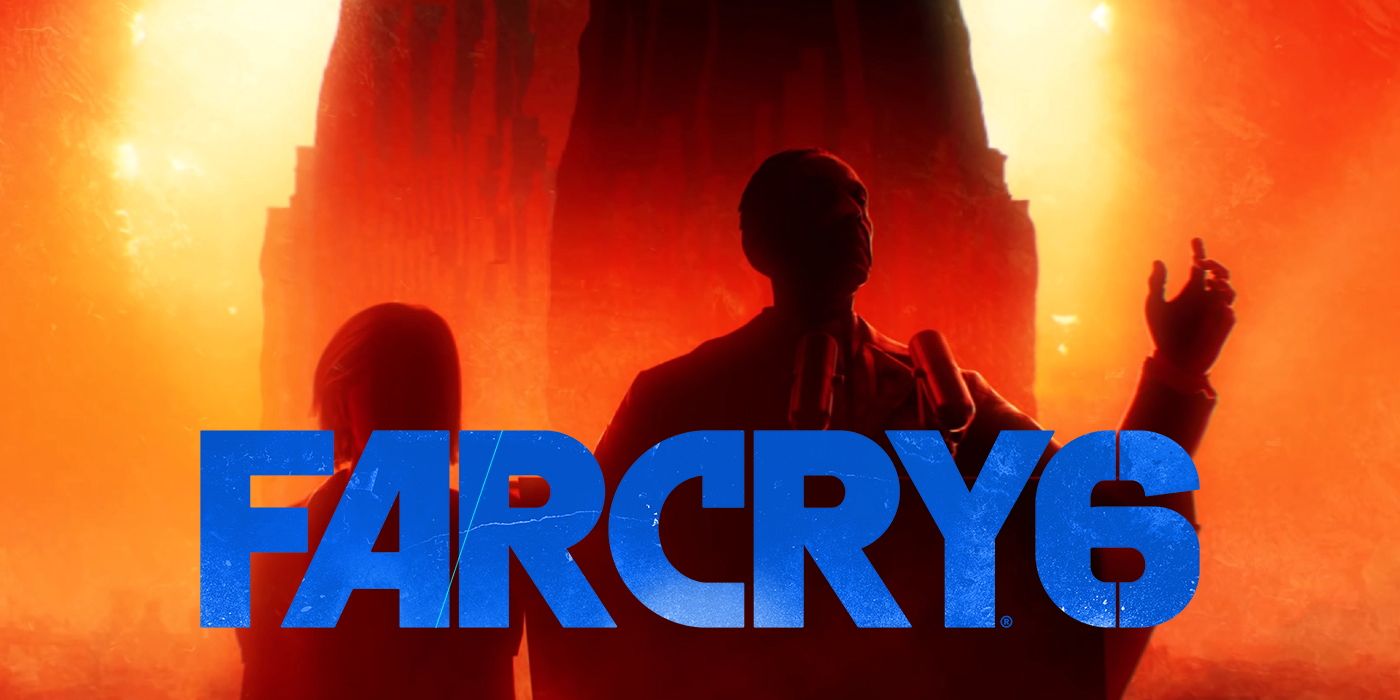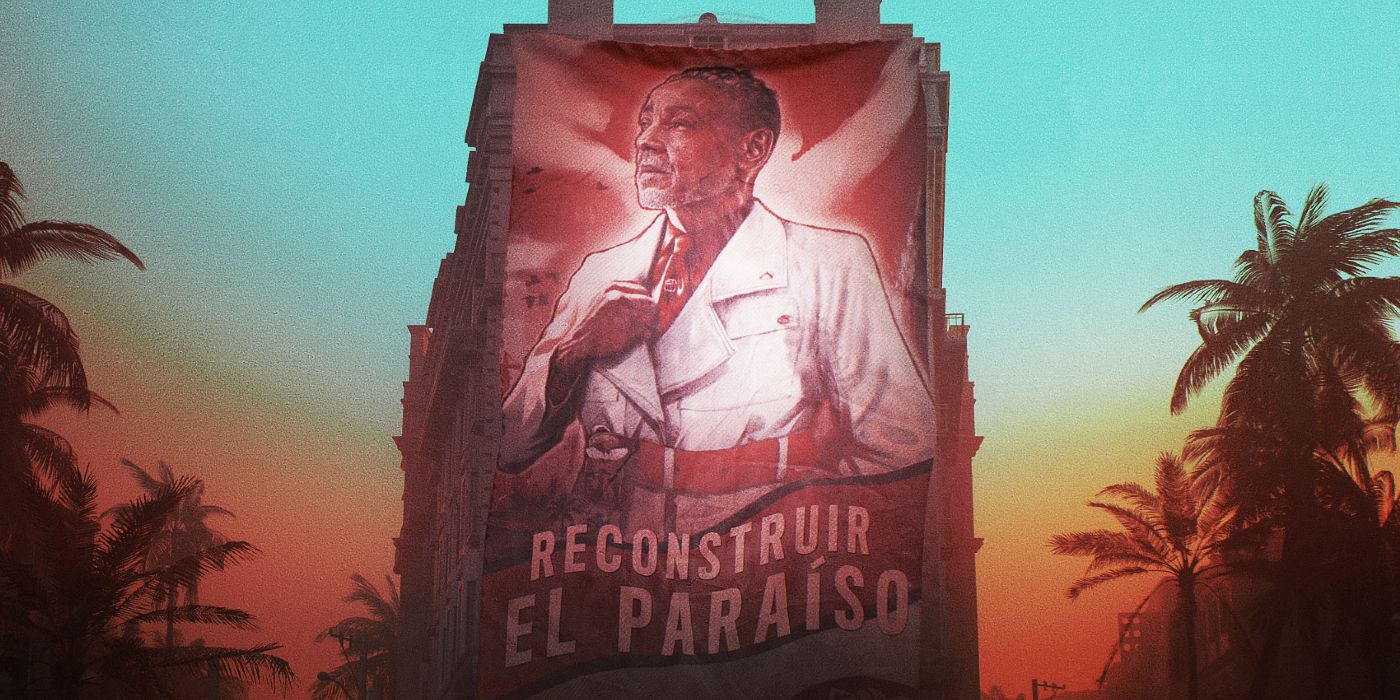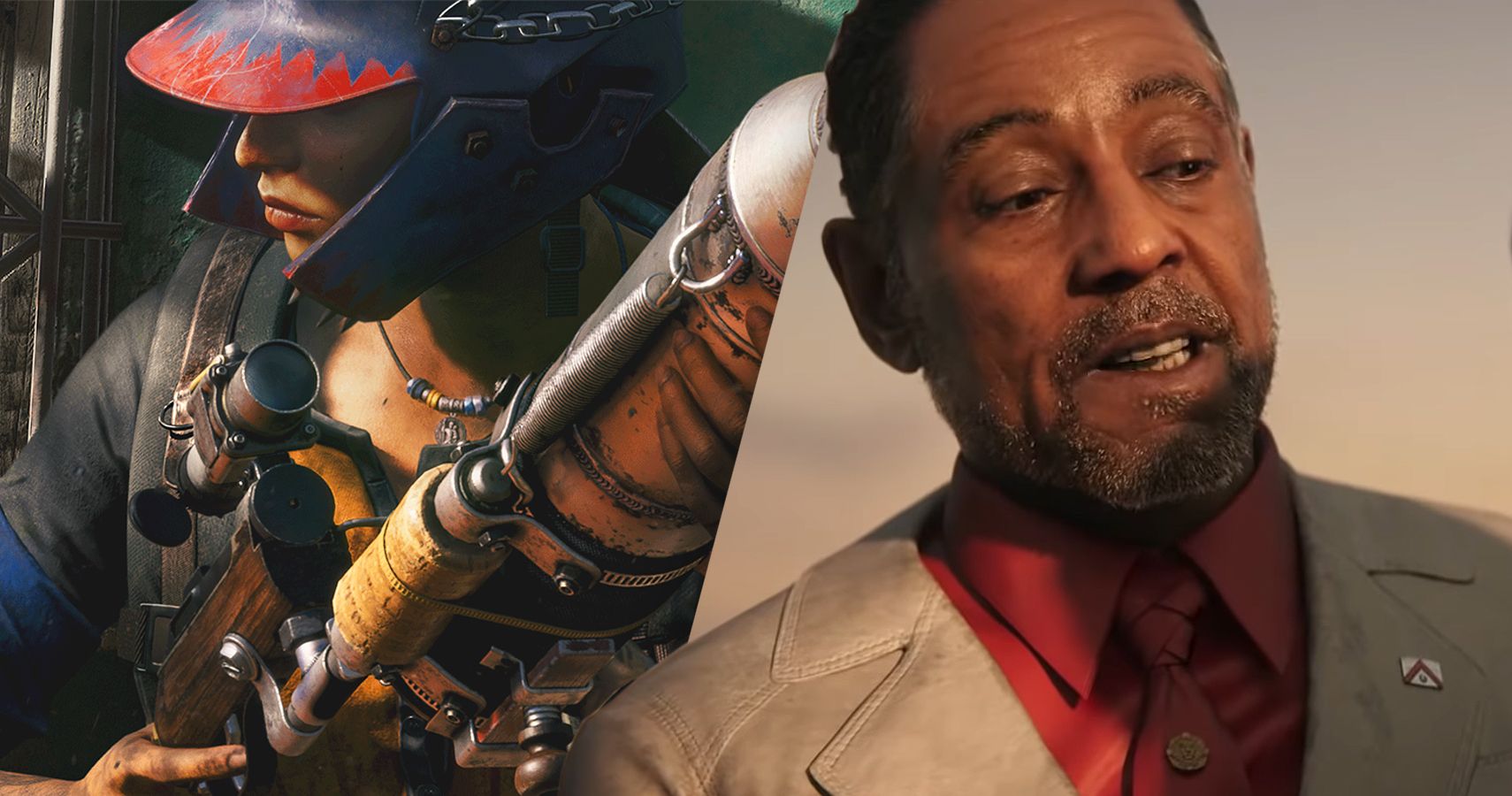
Far Cry 6 will take players to the fictional Caribbean island of Yara. There, they'll take on the role of Dani Rojas, a Yara native fighting in a revolution against Yara's President Anton Castillo. Anton has ruled the nation with an iron fist under the stalwart belief that the Castillos, and the Castillos alone, are able to transform Yara back into the tropical paradise he claims it once was.
The Far Cry games are known for their strong central villain performances. With Giancarlo Esposito, of Breaking Bad and The Mandalorian fame, lending his motion-captured performance to Anton, Far Cry 6 could have one of the series' strongest central performances yet. There have been times, however, where the Far Cry games' consistent reliance on their villains to hold up the story has been criticized. Here are the reasons that the next game's Anton Castillo could not only be one of the best villains seen in the series so far, but should be given plenty of time to steal the show.
RELATED: Far Cry 6 'Beta' is Reportedly Part of a Scam

Anton Castillo is the dictator of Yara, a fictional Caribbean island nation based largely on Cuba. When discussing the reasons behind the influence, Far Cry 6's narrative director summed up Ubisoft's motivation concisely: "When you're talking about guerilla warfare, you go to Cuba."
There are, however, some major differences. While the setting is taking influence from Cuba, it seems both sides of the revolution are based at least in part on the Cuban Revolution. The revolutionaries and Dani Rojas appear to be based on the Cuban revolutionaries who fought a guerilla war between 1953 and 1959. Castillo himself appears to take partial influence from the Castro government, the similarity in their names likely not coincidence. Castillo's government also seems to be inspired by the military dictatorship of President Fulgencio Batista, who the revolutionaries overthrew on December 31, 1958.
One of the most interesting things about Castillo is his belief that it is his family who can save Yara. The character is said to have witnessed the death of his own father at the hands of revolutionaries fifty years prior to the game. Based on Far Cry 6's cinematic trailer, he is now grooming his own son Diego to take over, teaching him a terrifying lesson about his worldview by putting a live grenade in his hand and forcing him to drop it off the roof of the presidential palace onto the revolutionaries below.
Every since Michael Mando's groundbreaking performance as Vaas in Far Cry 3, the series has been known for its villains, who tend to carry the plot. After five main installments in the franchise, Far Cry 6 risks being criticized for relying too heavily on the series' formula, especially if it puts too much weight on Giancarlo Esposito's performance as Anton.
However, if Far Cry 6 is going to avoid biting off more than it can chew with its revolution, giving Anton his time to shine will be vital. Far Cry may have met criticism in the past for the repetition of its foundational formula, but there is a far larger and more important criticism it could face if Anton is not given enough time to develop into the franchise's most nuanced villain yet.
Many of the Far Cry games has focused on a specific real-world culture, even if it has done so through a fictionalized version of its focal group. Far Cry 3, for example, saw Jason Brody taken hostage in an stand-in version of Indonesia in the form of the Rook Islands, with the Rakyat culture standing in for Dayak people and Rakyat literally translating as "people" in Indonesian. Far Cry 6's Yara risks facing a criticism that other games in the series have faced in the past, that it creates a reductive, colonialist version of a non-American culture.
RELATED: Far Cry 3 Is The Best In The Series To Adapt Into A Movie

Developing the characterization of Anton Castillo will be vital in avoiding the criticism that the game peddles a colonial perspective. Oversimplified portrayals of Latin American leaders from across the political spectrum are nothing new in American pop culture. This does not mean Anton Castillo has to be portrayed sympathetically. He can still be a terrible person who has committed unforgivable crimes against his people. However, by focusing on him and adding nuance to his character throughout, Anton could be a bad person with a complicated realistic relationship with the world around him. That would avoid reducing him, and by extension Yara, into a caricature.
While Vaas stole the show in Far Cry 3, he was a relatively simple character whose "insanity" drove many of his rash, unpredictable actions. From what fans have seen on Anton Castillo so far, he's cold, calculating, and has deeply held beliefs about what is best for "his" country that has led him to extremes. Vaas may be a fun and compelling villain, but he is no more complicated in Jason Brody's final encounter with him than he is at the start of the game. If Far Cry 6 is going to complicate Anton and subvert expectations, to deliver a game with a truly original story, it cannot deny Anton the screen time necessary for players to fully understand his motivations.
With Anton's heir apparent Diego Castillo in the mix, a whole new dynamic could be added to Far Cry 6 which could help it tell a story which stands out from its predecessors, despite its similar focus on its villain. While Anton should be in the spotlight, that does not mean he should always be there alone. Allowing the time for Far Cry 6 to portray a nuanced relationship between Anton, his worldview, and his son will be necessary for the game's central conflict to feel fresh and compelling, instead of retreading old ground. Exactly how Ubisoft plans to portray Anton, and the balance of importance between him and his son, remains to be seen.
Far Cry 6 is in development for PC, PS4, PS5, Stadia, Xbox One, and Xbox Series X/S.

